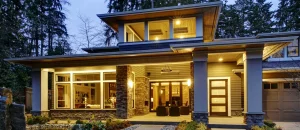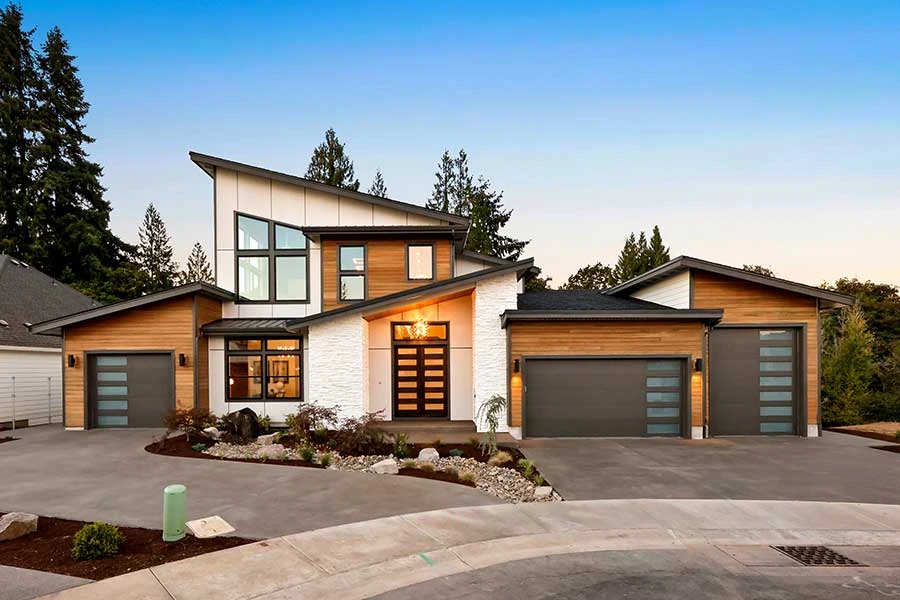In light of the escalating frequency and intensity of natural disasters, the integration of wellness principles into home construction practices is paramount. A key element of this approach is meeting FEMA compliance standards, which are essential for creating resilient and secure living spaces. Adhering to FEMA regulations significantly reduces the vulnerability of homes to natural disasters, ultimately safeguarding the well-being of residents. But what exactly does FEMA compliance entail, and how can builders seamlessly incorporate these guidelines to ensure the creation of safer, healthier homes?
Key Takeaways
- FEMA compliance is crucial for designing and building homes that can withstand natural disasters, ensuring occupant safety and well-being.
- Implementing FEMA regulations in home building reduces the risk of property damage, financial losses, and potential loss of life in disaster-prone areas.
- Achieving FEMA compliance involves selecting materials and systems resistant to high winds, floods, and earthquakes, and designing homes for stability and durability.
- FEMA guidelines promote a safe and secure living environment by mitigating indoor air quality issues, moisture damage, and other hazards that impact occupant health.
- Integrating FEMA compliance with wellness-focused home building practices ensures a safer, healthier, and more resilient living space for homeowners.
The Importance of FEMA Compliance
In the United States, following FEMA compliance for home construction is essential as it directly impacts the safety and resilience of residential buildings, particularly in regions prone to natural disasters. FEMA’s guidelines guarantee that homes are designed and built to withstand extreme weather conditions, reducing the risk of damage and collapse.
Risks of Non-Compliance in Construction
Non-adherence with FEMA guidelines in construction projects can lead to devastating consequences, including property damage, financial losses, and even loss of life, especially in areas vulnerable to natural disasters. Failure to meet FEMA compliance for home construction can result in costly repairs, insurance claims, and legal liabilities. It is essential to prioritize compliance to guarantee safer residences.
Designing for Natural Disaster Resilience
Structural integrity is paramount in designing homes that can withstand the fury of natural disasters, and achieving FEMA compliance for home construction necessitates a meticulous approach to building resilient structures. This involves selecting materials and systems that can resist high winds, floods, and earthquakes, and implementing design elements that promote stability and durability.
FEMA Regulations for Home Builders
Built upon a foundation of stringent guidelines, FEMA regulations for home builders dictate the minimum requirements for constructing resilient homes that can withstand the forces of nature. These regulations provide a framework for achieving FEMA compliance for home construction, ensuring that homes are designed and built to resist damage from natural disasters, promoting a safe and secure living environment.
Safe and Healthy Home Building Practices
By integrating safe and healthy home building practices into the design and construction process, builders can greatly reduce the risk of indoor air quality issues, moisture damage, and other hazards that can compromise occupant health and safety. Implementing FEMA compliance for home construction standards guarantees a safer living environment, promoting well-being and peace of mind for homeowners.

Frequently Asked Questions
What Is the Cost of Obtaining FEMA Compliance for Home Construction?
The cost of obtaining FEMA compliance for home construction varies widely, depending on factors such as location, design, and materials, with estimates ranging from $1,000 to $50,000 or more, depending on the level of compliance required.
Can Existing Homes Be Retrofitted for FEMA Compliance?
Yes, existing homes can be retrofitted for FEMA compliance through various methods, including structural upgrades, flood-resistant materials, and elevation or relocation, although the feasibility and cost-effectiveness vary depending on the home’s design, age, and location.
How Often Does FEMA Update Its Compliance Regulations for Home Builders?
FEMA regularly updates its compliance regulations for home builders, typically every 3-5 years, to reflect new research, technological advancements, and lessons learned from natural disasters, ensuring homes are built to withstand evolving threats.
Are FEMA Compliance Standards the Same for All Types of Natural Disasters?
FEMA compliance standards vary by disaster type, with specific protocols for hurricanes, floods, wildfires, and earthquakes, acknowledging the unique demands and risks associated with each natural disaster and region.
Do Local Building Codes Always Align With FEMA Compliance for Home Construction?
Local building codes do not always align with FEMA compliance for home construction, as FEMA standards are often more stringent and focused on disaster resilience, whereas local codes may prioritize other factors such as aesthetics or cost-effectiveness.
Conclusion
To sum up, FEMA compliance is a vital aspect of wellness in home construction, as it guarantees the creation of resilient and secure living environments. By following FEMA regulations, home builders can reduce the risks of property damage, financial losses, and potential harm to individuals in disaster-prone areas. Ultimately, giving importance to FEMA compliance in construction practices leads to the development of safer and healthier homes, contributing to the overall well-being of occupants.
You May Also Like To Read:

